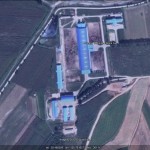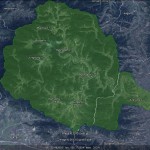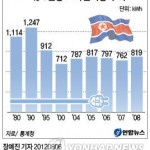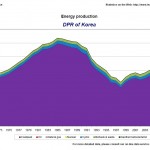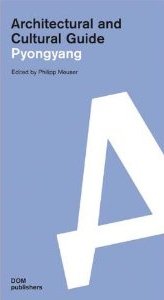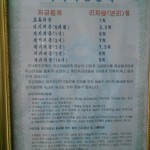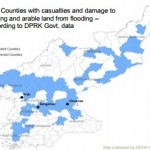According to Yonhap:
North Korea’s trade with China jumped nearly 25 percent in the first six months of this year, China’s customs office said Thursday, indicating that the North’s reliance on its neighboring ally on the economic front is growing.
According to the data released by the Chinese General Administration of Customs, the two allies’ trade came to US$3.14 billion during the January-June period, up 24.7 percent from the same period a year earlier.
The two countries signed the Sino-North Korean Mutual Aid and Cooperation Friendship Treaty in 1961, whereby China pledged to immediately render military and other assistance to its secretive ally.
The North’s exports to China totaled $1.3 billion during the first half of this year, up 22.2 percent from a year earlier.
Its imports from China grew 26.5 percent on-year to $1.84 billion over the cited period.
This resulted in a trade deficit of about $540 million for the North, the data showed.
Iron ore was North Korea’s leading export item, while China exported to North Korea crude oil and construction machinery, the customs office said.
With international sanctions in place amid the North’s nuclear ambitions, China has emerged as the communist state’s key supplier of economic goods.
Read the full story here:
N. Korea’s first-half trade with China jumps 25 pct
Yonhap
2012-8-9

